1. Historical background
The Forbidden City in Beijing was built in 1406 (the fourth year of the Yongle period of the Ming Dynasty) on the order of Zhu Di, Emperor Chengzu of the Ming Dynasty, and was completed in 1420 after 14 years of construction. As the imperial palace of 24 emperors of the Ming and Qing dynasties, the Forbidden City was originally called the ‘Purple Forbidden City’, a name derived from the ancient astrological term ‘Zi Wei Yuan’, which symbolised the residence of the Emperor of Heaven.After the fall of the Qing Dynasty in 1912, the last emperor Puyi lived temporarily in the inner court until he was expelled in 1924. In 1925, the Forbidden City Museum was officially established and opened to the public, and in 1987, the Forbidden City was listed as a UNESCO World Heritage Site.
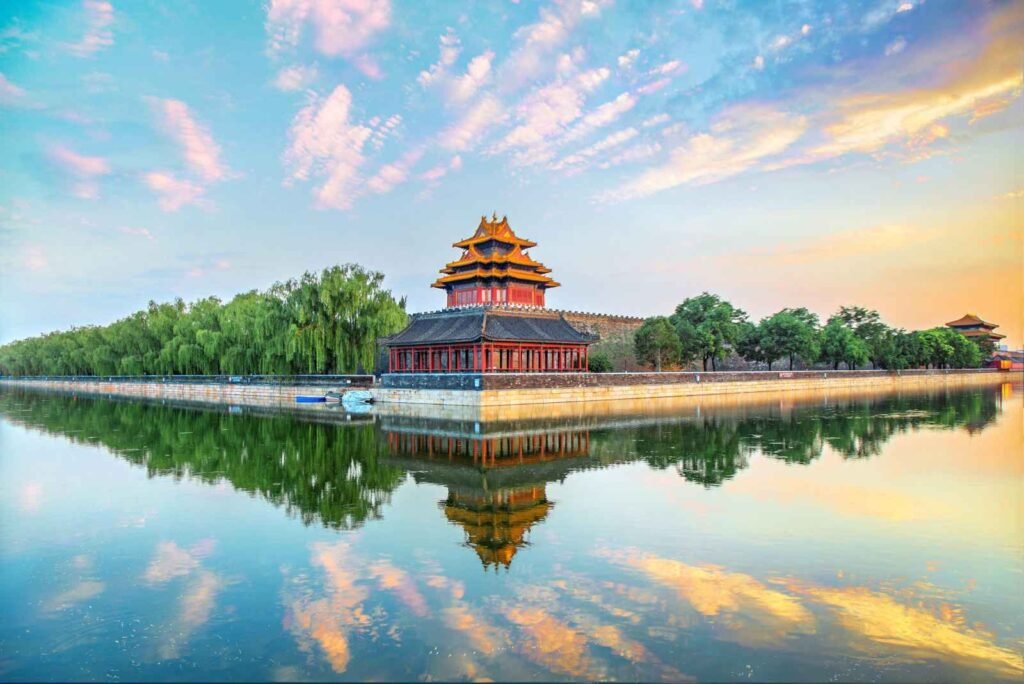
2. Geographic location
The Forbidden City is located on the central axis in the centre of Beijing, specifically at No. 4 Jingshanqian Street, Dongcheng District, Beijing. It is bordered by Jingshan Park in the north, Tiananmen Square in the south, Wangfujing business district in the east and Zhongnanhai in the west. The whole complex is rectangular in shape, 961 metres long from north to south and 753 metres wide from east to west, covering an area of about 720,000 square metres, surrounded by a 10-metre-high city wall and a 52-metre-wide moat.
3. Mode of Transport
Public transport.
- Metro:
- Line 1 to ‘Tiananmen East’ station (Exit B) or ‘Tiananmen West’ station (Exit A), walk about 900 metres to the entrance of the Wumen Gate.
- Bus:
- Line 1, 2, 52, 82, etc. Get off at ‘Tiananmen East’ or ‘Tiananmen West’ station.
Driving/Walking
- Self-driving cars need to park in the surrounding car parks (such as the underground car park of the National Centre for the Performing Arts), and then walk to the Noon Gate.
- Visiting Route: The Forbidden City is a one-way tour, with the entrance at the Noon Gate (South Gate) and the exit at the Shenwumen Gate (North Gate) or Donghuamen Gate (East Gate).
4. Attractions
Outer Dynastic Court: the centre of state ceremonies
- Taihe Temple (Hall of Golden Emperors)
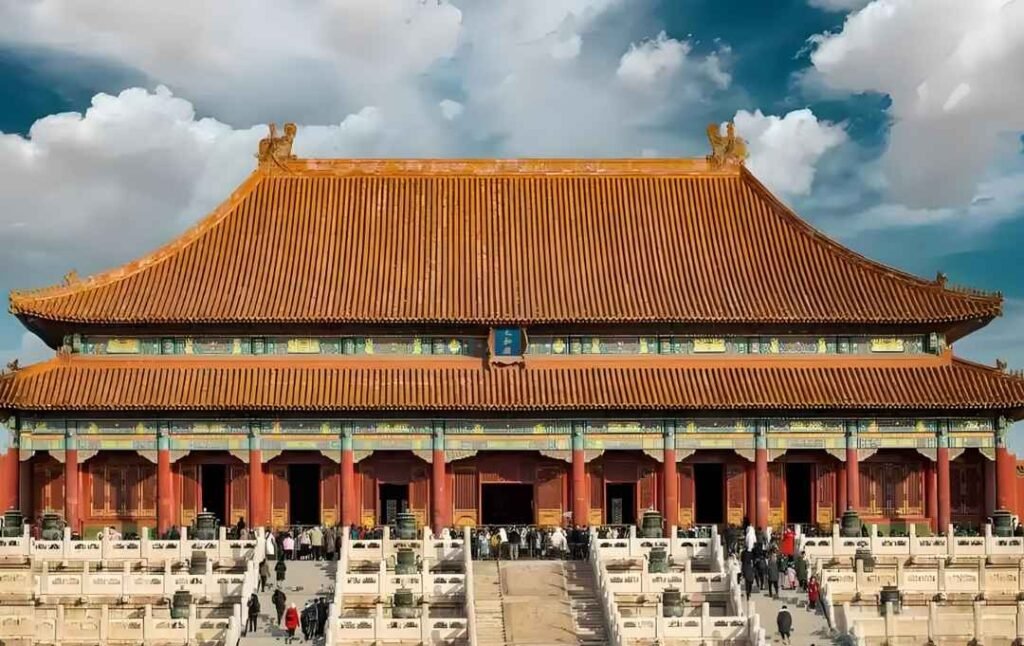
- The tallest building in the Forbidden City, standing 28 metres high, it is used for major ceremonies such as the Emperor’s enthronement and marriage. Inside the Hall, there are six gold coiled dragon pillars, symbolising the supremacy of imperial power.
- The Hall of Supreme Harmony
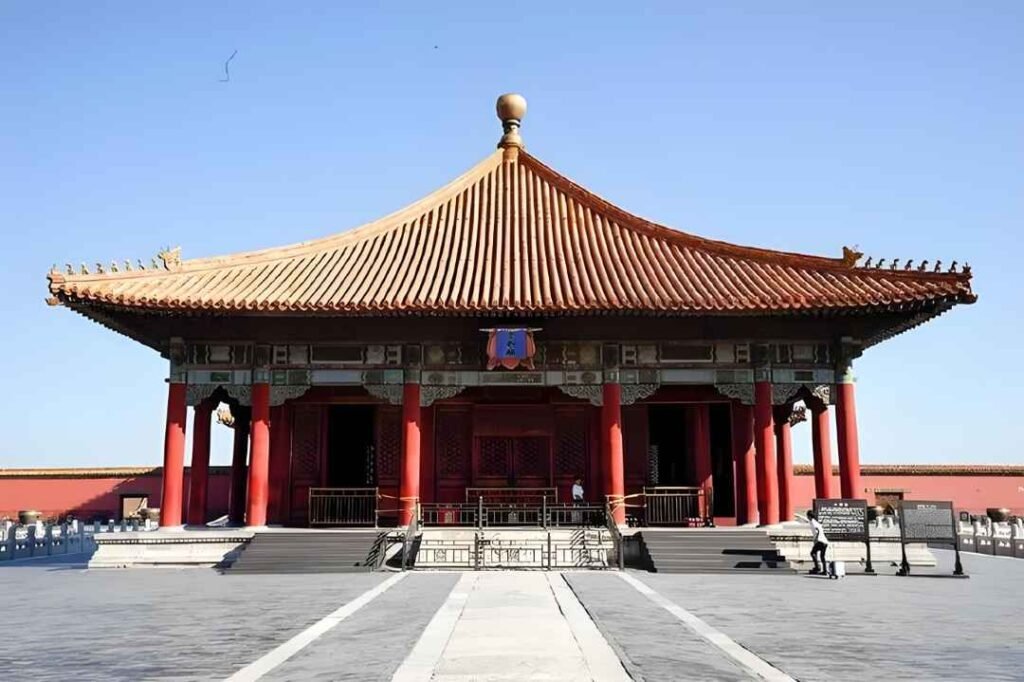
- A resting place for the Emperor before he went to the Hall of Supreme Harmony, and also a place for storing the Royal Jade Ultimatum (genealogy).
- Bohe Temple
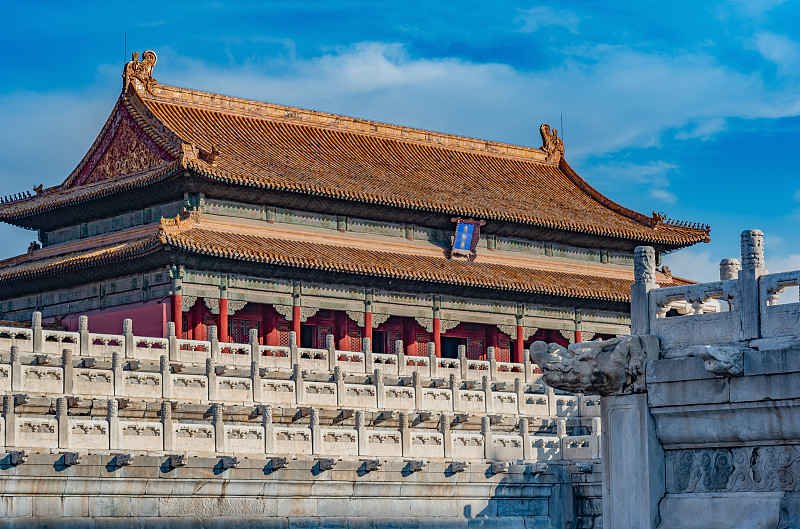
- The examination hall for the imperial examinations of the Ming and Qing dynasties, now displaying artefacts of the Qing Dynasty palace banquets.
Inner Court: Royal Living Quarters
- Qianqing Palace
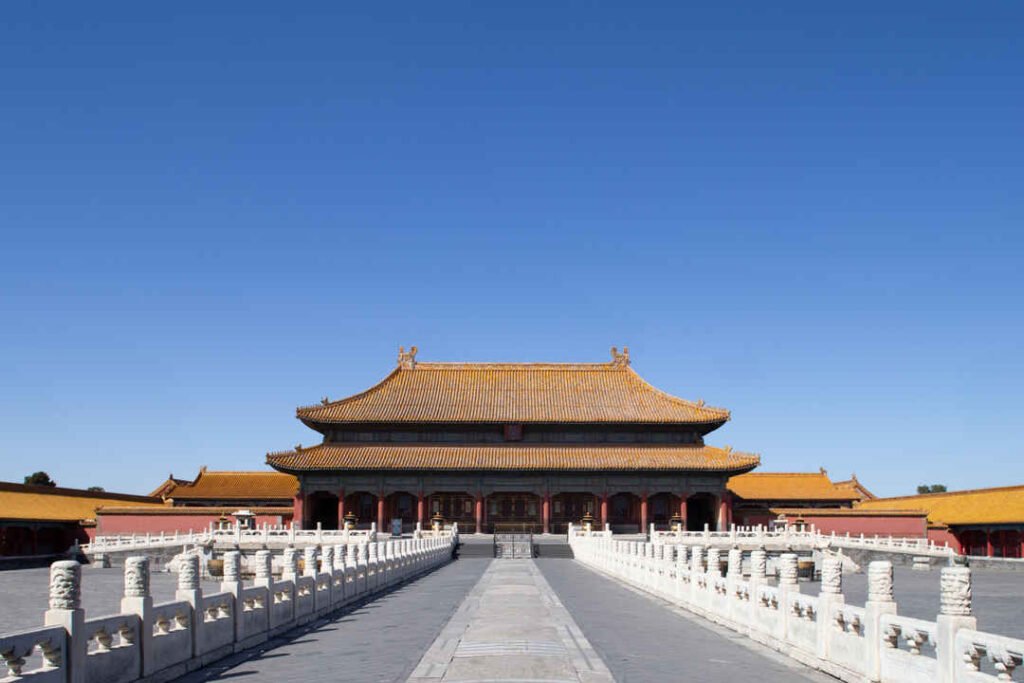
- The emperor’s daily office and residential palace, hanging ‘just bright’ plaque, plaque was stored behind the succession of the throne of the Imperial edict. 2.
- kuning palace
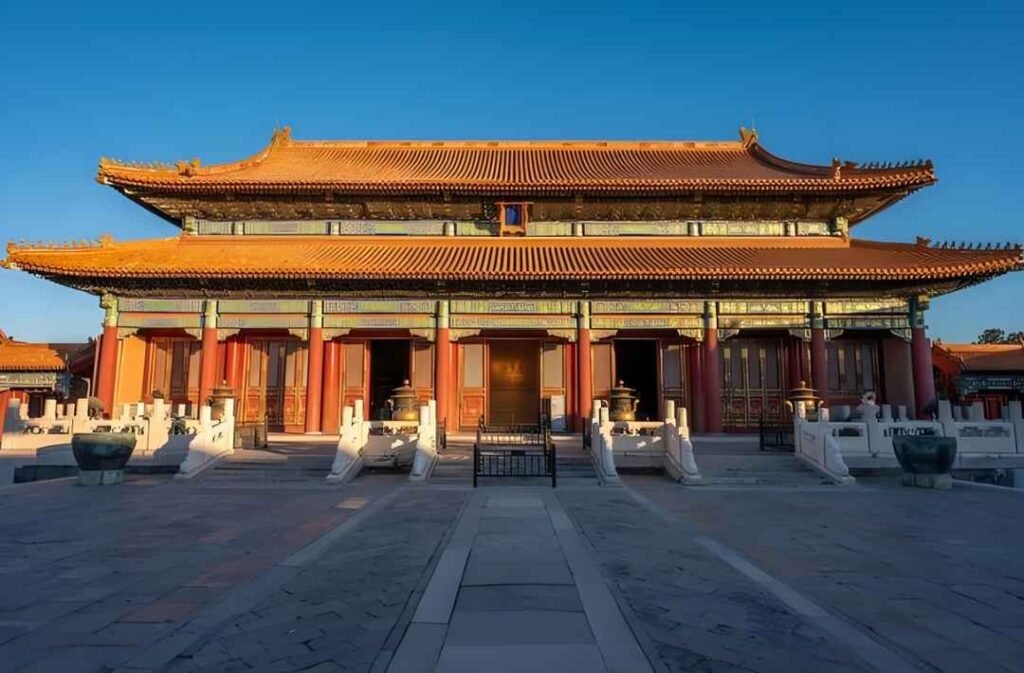
- Queen’s Bedchamber, the Qing Dynasty into a shamanistic ritual place.
- the Imperial Garden
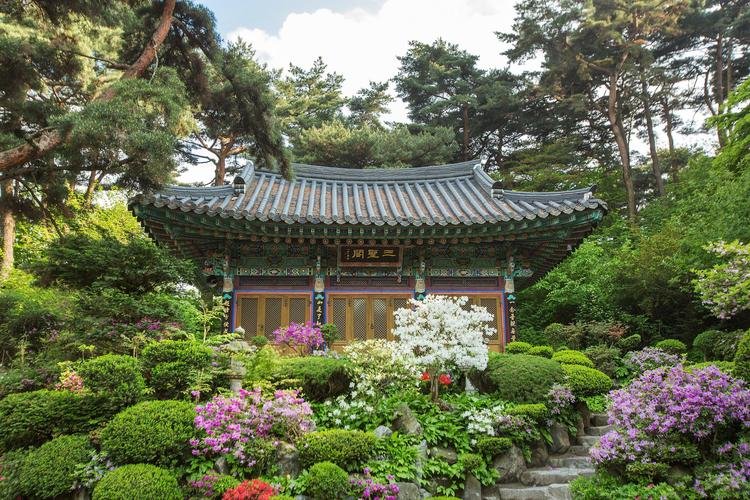
- Covering an area of 12,000 square metres, it contains ancient trees, rockeries and two magnificent ancient pavilions, Wanchun Pavilion and Qianqiu Pavilion.
Featured Exhibitions and Buildings
- Treasure Hall (located in the Ningshou Palace area): displays gold and silverware, jewellery and dragon robes from the Qing Dynasty, including a 5-tonne jade sculpture of ‘Dayu Ruling the Water’.
- Clock and Clock Museum (located in Fengxian Hall): displays mechanical clocks and watches imported from Europe in the 18th and 19th centuries, some of which are still functioning.
- Corner Towers: the landmark buildings at the four corners of the city wall, with a complex structure, known as ‘nine beams and eighteen pillars with seventy-two ridges’.
5. Summary of Attractions
Why is it worthwhile to visit?
- World-class cultural heritage: the world’s largest and best-preserved wooden ancient building complex with 8707 houses.
- Fusion of history and art: 1.5 million artefacts covering categories such as ceramics, paintings, calligraphy and clocks, including rare treasures such as the Qingming Riverside Scroll.
- Architectural Wonders: from the 10-metre-high city wall to the 52-metre-wide moat, reflecting the wisdom of ancient defence; the layout of the central axis shows the aesthetics of traditional Chinese symmetry.
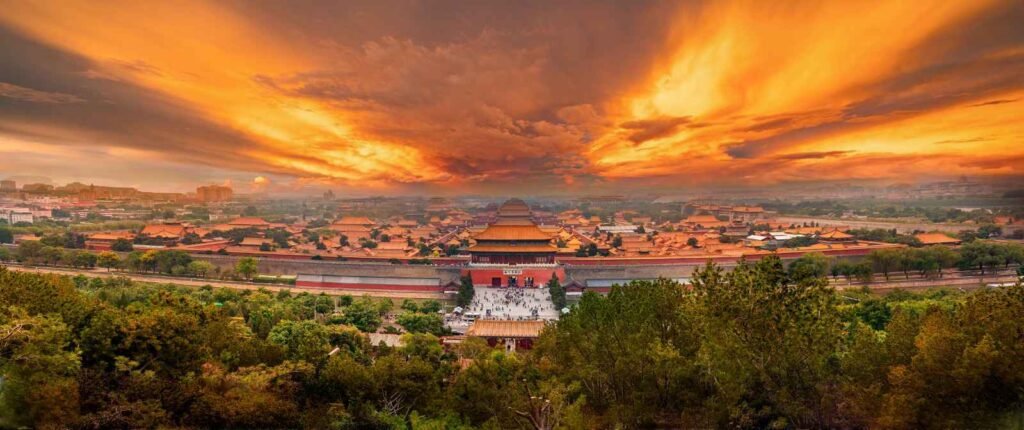
Practical Advice
- Tickets & Hours:
- Peak season (April-October) tickets are 60 RMB, off-season (November-March) 40 RMB; 10 RMB each for the Treasure Museum and the Clock and Watch Museum.
- Opening hours: 8:30-17:00 in peak season, 8:30-16:30 in low season; closed on Mondays (except legal holidays).
- Guided tour service:
- Rent an electronic docent (from RMB 20) or book a manual tour (RMB 250 for the whole tour).
- Note:
- Tickets must be booked in advance on the official website under your real name, and cannot be purchased on site.
- Wear comfortable shoes, some of the stone paths are uneven; prepare sunscreen in summer.
Conclusion
The Forbidden City in Beijing is not only a palace, but also a history of China written in wood and stone. Whether looking up at the golden roof of the Hall of Supreme Harmony or stopping under the ancient trees in the Imperial Garden, visitors can feel the heaviness and delicacy of Chinese civilisation.
For more China Travel Guide content, please visit our website.





















I really want to visit Beijing, and I will go there once I have saved up enough money. Thank you for your article.